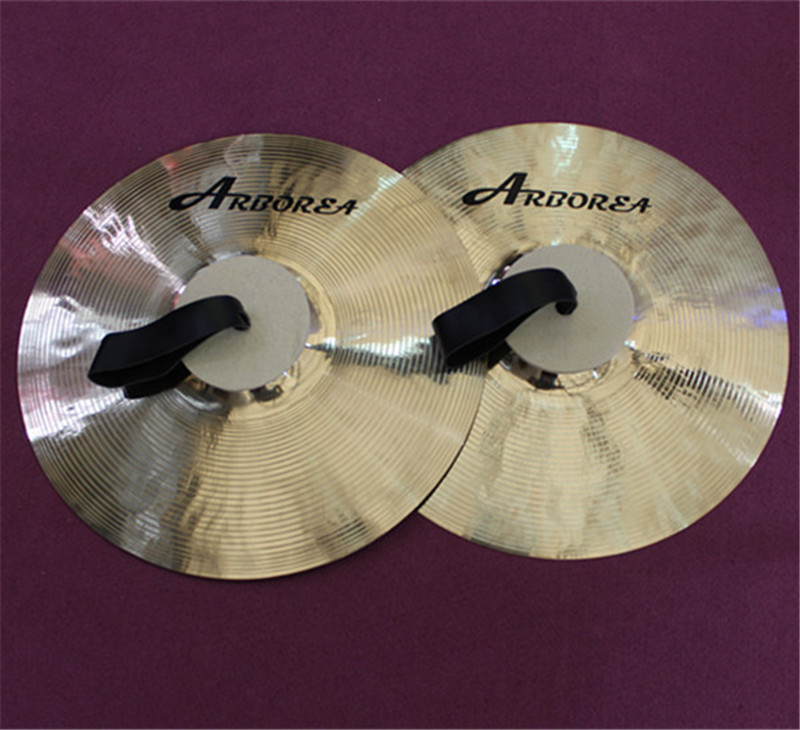Choosing the right marching cymbals is crucial for achieving the desired sound and visual impact in a marching band or drumline. This guide will help you understand the key factors to consider when selecting marching cymbals.

Marching cymbals typically range from 16 to 22 inches in diameter. The size and weight of the cymbals significantly affect their sound and playability:
Most marching cymbals are made from bronze alloys, which offer a good balance of durability and sound quality. The two primary types of cymbals based on their manufacturing process are:
The way cymbals are held and played is crucial for both sound production and player comfort. The most common grip for marching cymbals is the Garfield Grip, which distributes the weight across the entire palm, reducing hand tension and allowing for greater control.
When selecting cymbals, consider the following sound characteristics:
Marching cymbals are often used for visual effects in addition to their musical role. Techniques such as flips, twirls, and other “visuals” add a dynamic element to performances. Ensure the cymbals you choose are suitable for these techniques and that the players are comfortable executing them. Visual effects enhance the overall performance by adding a layer of showmanship and engaging the audience.
Selecting the right marching cymbals involves considering the size, weight, material, grip, sound characteristics, and visual potential. By understanding these factors and exploring different brands and models, you can find the perfect cymbals to enhance your marching band’s performance.For more detailed information and specific product recommendations, you can refer to resources such as the University of Toledo Drumline Cymbal Packet, the Pickerington Marching Tigers guide, and various online retailers like Music & Art and Guitar Center.
We will contact you within 1 working day, please pay attention to the email